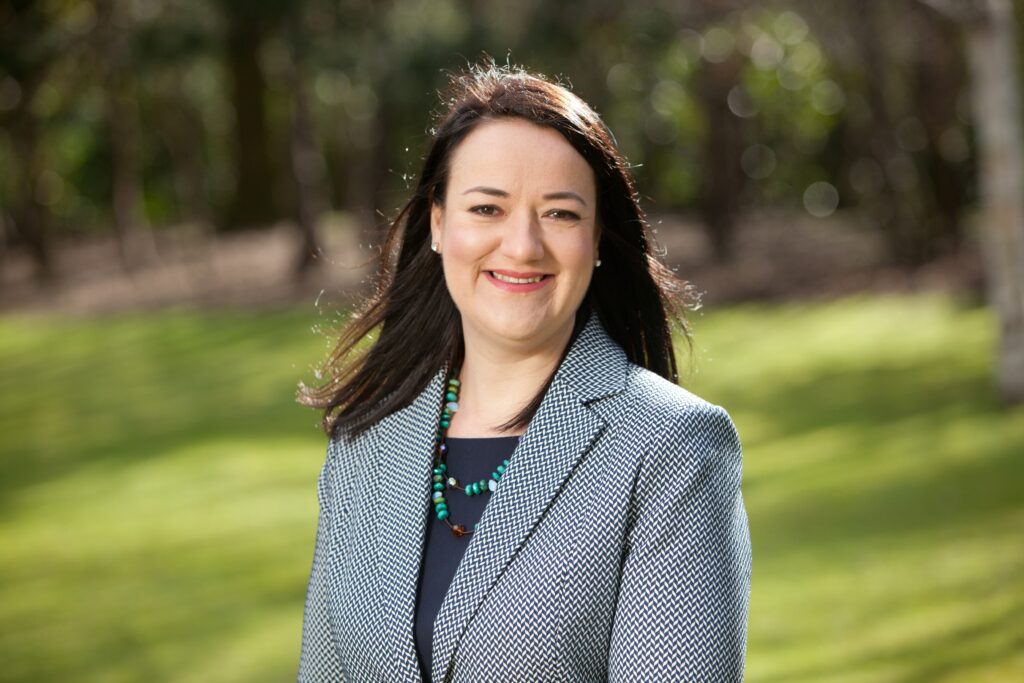Lawyers say charities and community organisations need to keep projects on track
Greater forward planning is needed by community organisations and charities taking ownership of buildings using right to buy powers, expert advisors say.
Property and third sector specialists at independent Scottish legal firm Lindsays believe that sustainability would be enhanced by groups looking at longer term needs and costs.
The Scottish Government has been consulting on a review of its Community Right to Buy legislation - which empowers communities to acquire land and assets - as part of moves to make the process simpler.
It is a law which has community benefit at its heart - benefits which Lindsays lawyers believe could become greater through more strategic planning.
Louise Norris, a partner in the firm’s commercial property department, has advised a number of community organisations on acquiring sites.
She said: “Groups of people get together with passion and vision to secure ownership of buildings or land, but they do not always fully understand the obligations that ownership brings.
“It’s important to realise what you are taking on, including the cost of what it will take to make the building usable for the purpose you are buying it for, so that you are not caught out.

“Many of these properties are older. Many do not have disabled access, for example. There are often grants available to help with building purchase, but not converting it into use. That’s where some organisations - who have not looked far enough beyond acquisition - can be surprised. It is where many plans can hit the buffers.”
Community Right to Buy legislation is currently most prominently used in two ways.
The first is asset transfer, where the likes of councils have transferred ownership of publicly-owned buildings to community organisations, sometimes for as little as £1 or at market value.
The second is through the right to buy abandoned or derelict sites from private owners for community use.
Under either model, constituted organisations may need to look at their structure to ensure it remains legally sound when acquiring a building.
Helen Kidd, partner and head of charities and the third sector at Lindsays, advises that there are a number of factors to consider.
She said: “It’s important that organisations go into building ownership with their eyes open when it comes to their legal structure.
“They need to understand what their constitution allows them to do. For charities, does this move tie in with your charitable purpose? Might you need to set up a trading subsidiary? If so, how is that governed and what does it mean for the organisation?”
Without the proper governance structure, lawyers warn that the foundations for operation can be more difficult.
The Scottish Government consultation on Community Right to Buy, which closed on October 5, sought views on a proposal to simplify the current four separate rights to buy that community groups can access into two - compulsory and non-compulsory.
Since Community Right to Buy was introduced the Scottish Government says that 268 applications have been received from community groups seeking to acquire their own assets, with two-thirds (175) approved by Scottish ministers.
Since asset transfer legislation was introduced in 2017, more than 300 assets have been transferred to community ownership, lease or management. This has ranged from community halls to parks and woodlands.
Ms Norris said: “Whatever the outcome of the consultation, it’s important that potential purchasers look beyond the purchase and do their due diligence throughout the whole process, including engaging professional advice early on.
“The benefits that the right to buy can bring are huge, playing a significant role in securing local services and keeping communities vibrant.
“But it’s important that costs such as insurance, construction, maintenance and staffing are built in from the outset to secure the long-term success of the change in ownership.”






